If you are into vaping, chances are you’ve heard the words “TPD compliant” thrown around the scene.
Well, for those of you unaware, TPD compliance is an updated directive from the EU that introduces a wide range of changes to the vaping products.
The directive itself landed on the 20th of May, 2016 and ever since, the industry started to operate differently.
TPD In A Nutshell
The Tobacco Products Directive, or TPD for short, is a directive that was issued by the European Union to limit the number of sales of tobacco and related products in the EU.
The directive first appeared in 2001 and was then revised in 2014 to include both traditional tobacco products and e-cigarettes.
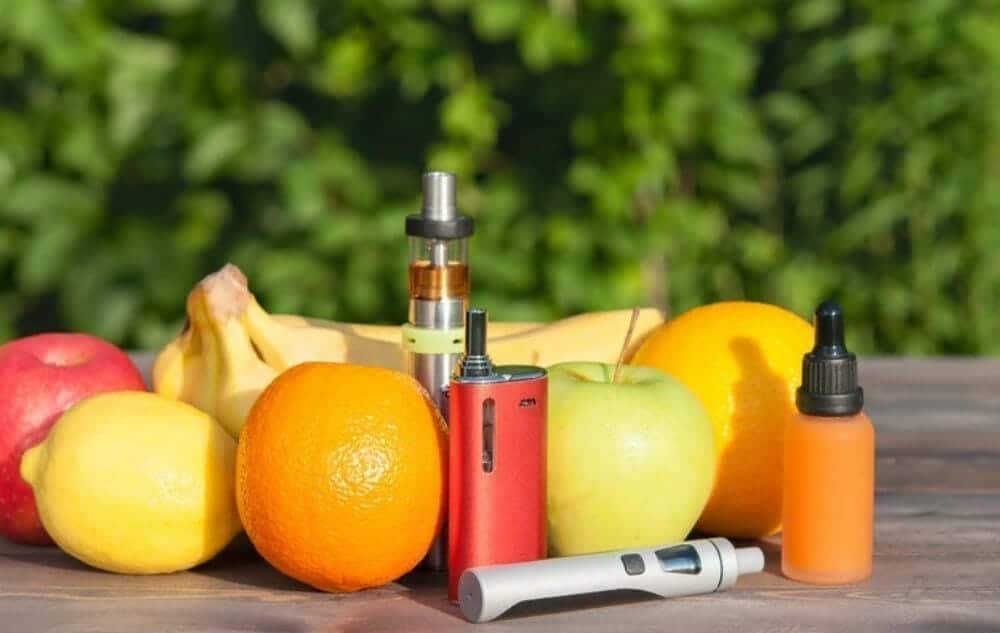
Once the directive passed the regulation and was approved by the parliament, every EU country member was mandated to pass the TPD law into their regulatory system by the 20th of May, 2016.
The general guidelines of this regulation can be reviewed in the TPD Article 20, which is precisely what we will look at next.
Key Mission Of TPD Article 20
It is no secret, once there’s a booming market, regulations follow suit. The directive was designed in a way that would enhance the procedures of the regional market for tobacco products. One of the key things it mandates are:
- Safeguarding young children from nicotine products. In essence, only individuals that reached the age of 18 will be able to legally purchase tobacco and e-cigarette products.
- To protect consumers by providing important data on the packaging of each product.
- To protect tobacco (and all subsequent products) consumers by developing clear standards for both e-juices and vaping gadgets. It also ensures that the end-user is aware that their product contains nicotine.
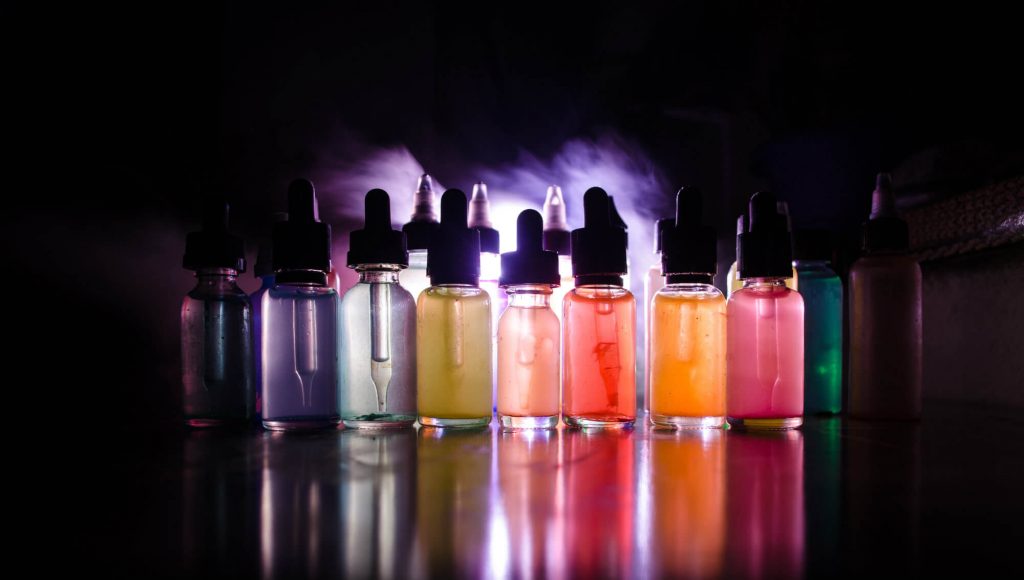
The MHRA Registration Requirement
MHRA or The Medicine and Healthcare Products Regulatory Agency is an authority that is in charge of the information system for the refill containers in the UK is now also a part of Article 20.
This means that most e-liquids and vaping gadgets must perform a registration rule under the MHRA. And once everything is okay, the product can go for sale.
The verification process typically takes up to 6 months but once the product passes and appears in the list of submitted goods, it can be placed even when the six-month duration passes.
Although products that go through a massive modification are treated as new products and must undergo the same procedure again.
Restrictions Posed By The TPD Directive
As we’ve mentioned earlier, the TPD mandates a wide range of changes, this also includes several restrictions that are effective since May 20, 2017.
Restriction Regarding Vape Tanks
The restriction clearly states that:
- All single-use cartridge, electronic cigarettes, and vape tanks should not exceed 2 ml capacity.
- All vape tanks should have a nicotine warning written on them.
- The tank must have an identifiable and readable European Community Identification Number (ECIN) that must be registered on the MHRA website.
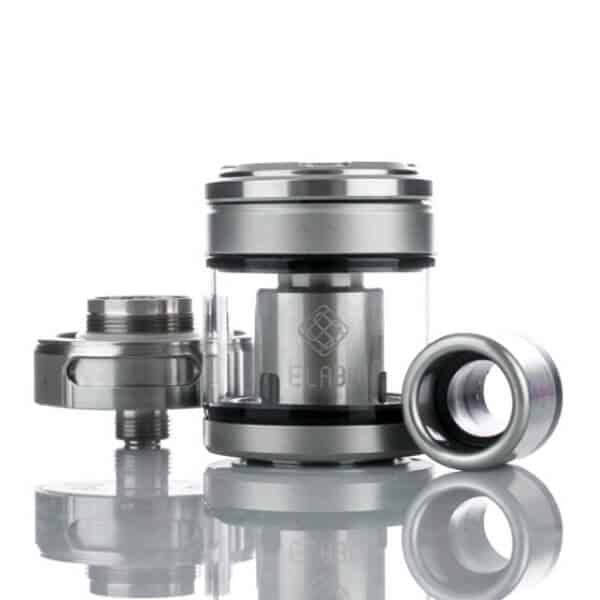
Restriction Regarding E-Liquids
The restriction clearly states that:
- E-liquids should contain any kind of coloring additives or additives with mutagenic and carcinogenic properties in unburnt form.
- E-liquids cannot contain any kinds of additives that will pose a tobacco product as if it has health benefits.
- Emission tests for e-liquids are not only mandatory but should be performed in a specialized lab.
- The strength of an e-liquid should not exceed 2.0% ( which is 20 mg/ml exactly)
- Taurine, Caffeine, and other stimulants are not allowed in E-liquids
- All products should have an information warning leaflet or sticker that clearly states that this product contains nicotine.
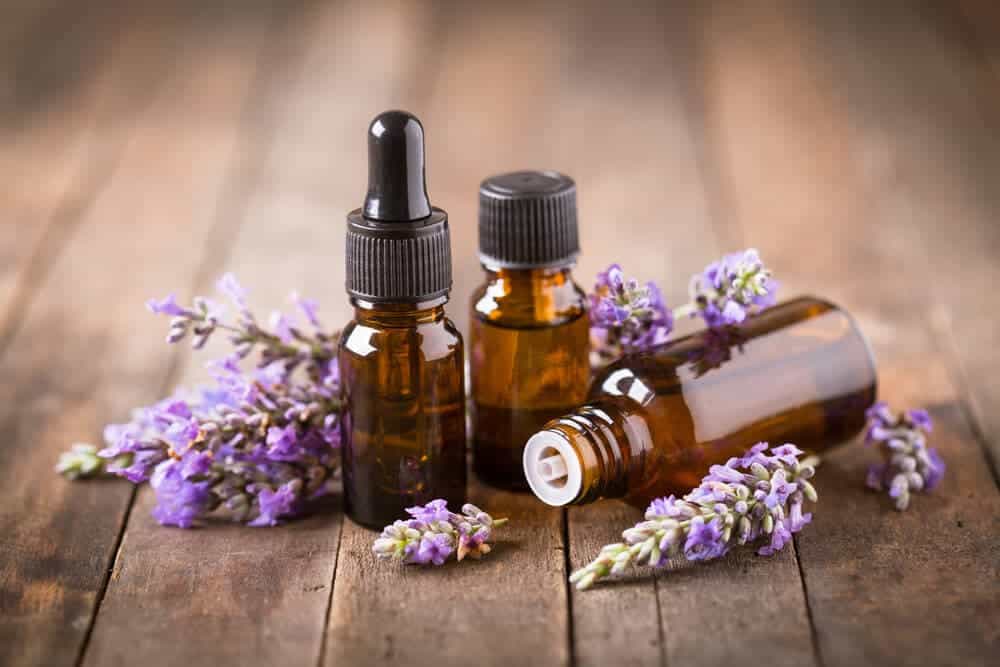
Relation To The End-User
Therefore, as a result of the TPD passing:
- E-cigarettes and vaping users will leverage the benefits of improved quality of products and devices.
- Children policy that makes all e-liquids protected against leakage and ease of access.
- All e-liquids are contained in bottles that are made of unbreakable material, meaning that animals and children won’t be able to crack-open them.
- Consumers are now aware that all tobacco products are made only with high purity components
- Less attractive to younger audiences since there are no promo elements on packs.
TPD Compliance Final Notes
As you can see, TPD has made quite an impact on the industry. But that’s for the better as some untrustworthy juices ceased to exist and those that were made with care from the get-go managed to find an audience. Then there’s the fact that products overall became of a much higher quality.
This law also pushed the industry to innovate as now we have 10 ml bottles with 18mg strength. And products have become more durable and reliable thanks to the increased quality requirements. Generally speaking, the TPD compliance was the right call for everyone.
[/vc_column_text][/vc_column][/vc_row]
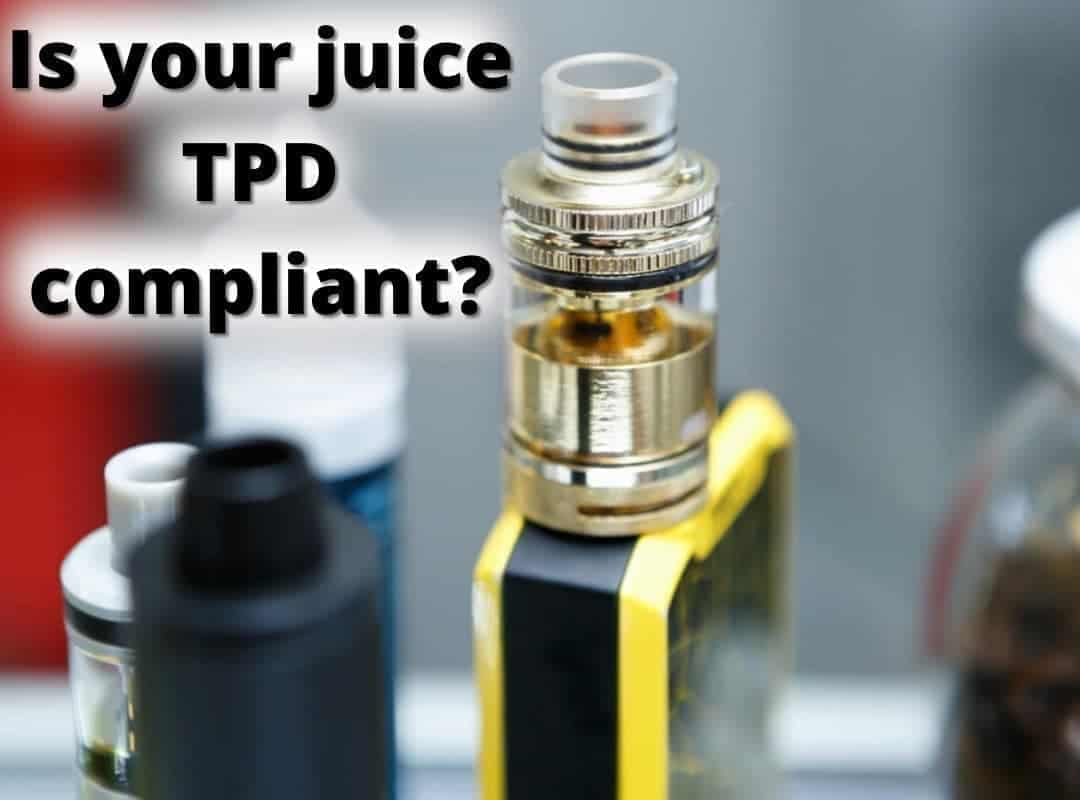
0 Comments